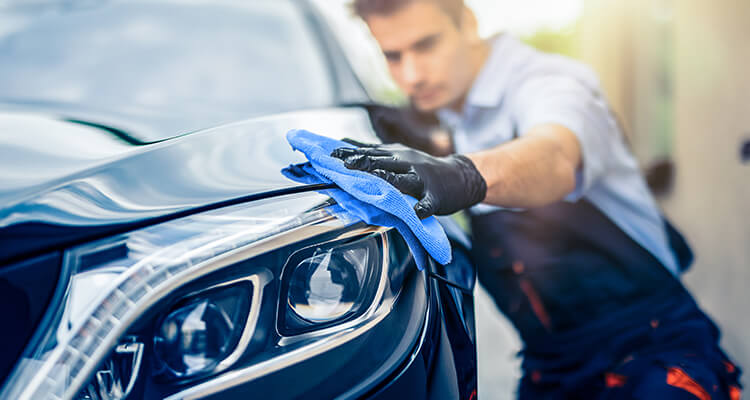Affordability is a key issue when we buy a new car
Affordability is a key issue to most buyers when wanting to get the best car deal. Because of the increasing cost of living, there appears to be a continual shift of buyers moving towards the second-hand car market. However, for buyers to clinch the best deal, they need to be cautious, and look out for certain ‘red flag’ items.
What about the reputation of the second-hand car market?
According to BusinessTech,1 the second-hand car market used to have a mediocre reputation, but not anymore. All dealerships have to adhere to the Consumer Protection Act, and this has raised the bar in terms of quality of service. Although the private second-hand car market is not self-regulated, it has realised that the days of any duping of customers are long gone. Potential clients are more knowledgeable, as the Internet at their disposal to assist with research in this area.
What to look out for before making that best deal
Potential buyers need to inquire and look out for certain signs noticeable on the car that is for sale.
Check the quality of the body
Look out for the tell-tale signs of undeclared car damage, such as any unprofessional repairs and any patching made to the car’s body. 1 Even if previous damage has been declared, it still needs to have been repaired professionally, and not in somebody’s backyard.
What about rust in a car?
Often, older cars from the coast or from humid climates tend to show patches of rust or ‘car cancer’ in their bodywork or doors. 1 Buyers should not be immediately put off by this, as long as the rust is not affecting the structural integrity of the car. Buyers can use the costs to repair rust as a bargaining point. Unfortunately, rust has to be dealt with properly, as it will eventually take over the entire car.
How easily does the car start?
Be suspicious when the seller does not provide clear answers to your questions. In addition, watch his or her body language. 2 For instance, insist that the seller must start the car with a cold engine, because it will expose any worn parts, such as the starter motor, and any fuel-related problems. Finally, take the car for a test drive.
What about any modifications?
A modification to a car can be to the buyer’s advantage, as long as it was professionally done and certified. 1 We want to avoid any modifications done by unprofessional ‘enthusiasts,’ as they will nullify any warranty, and may well render the car unsafe.
Check the tyres of the car you want
Check if the depth of the tyre tread is still within legal limits, as well as the age of the tyres. The year of manufacture will be available on the side wall of the tyre. The tread of old tyres can suddenly separate from the tyre, with possible disastrous consequences.3 The rubber of tyres deteriorates with age, and tyres that are 4 to 5 years old may start to show signs of cracking on the sidewalls.4
Ask for the service book
A car’s maintenance history1 in the service book must be sound. Look out for any records, such as when the clutch or brakes were last replaced.
Does the seller have all the right documents?
If the seller has some excuse why the car was bought without any documentation, quit such a deal immediately. 1 A seller must provide a buyer with a certificate of registration, but if it’s lost, a duplicate copy can always be obtained from specific municipal offices.
Is the car out of warranty?
Be careful which car you choose, as the chance of a second-hand car still being under warranty is slim. 2 If no longer under warranty, you’ll have to pay for repairs yourself. That can be costly, because spare parts of some cars are quite expensive.
Look for transparency and honesty
An excellent seller will advertise correctly, providing all the required information, and will be transparent about what needs to be repaired.
You’ve read how one needs to be savvy when looking for a best second-hand car deal. It’s better to check if certain basic requirements are in place – otherwise your ‘best deal’ may become your worst nightmare.
What about car insurance? With Prime South Africa you can get affordable car insurance with fixed premiums for life and no excess payments.
Sources:








